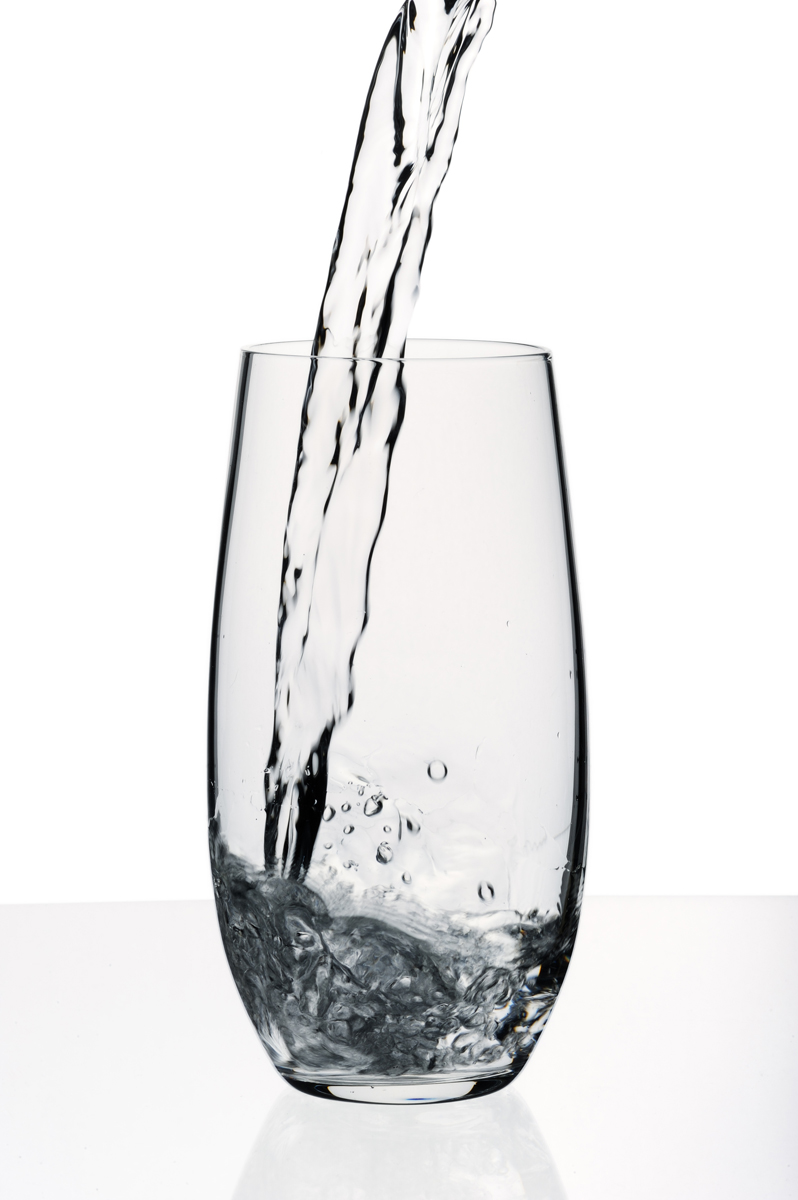By Laura Slatalla, recent ASU Nutrition Student
Warm weather always seems right around the corner in Arizona even in the middle of winter. There’s one thing in our desert state we can’t get enough of- water! It’s really important to remind your kids to carry a water bottle and drink lots of fluids, but avoid sugary beverages and focus on thirst quenching water. Sugary beverages, even juice, have excess calories and contribute to weight gain and cavities.

A study done on adolescents found that 54.5% of subjects weren’t properly hydrated, especially the younger children.1 This is a frightening number when all the physiological processes involving water are considered. The body needs water for metabolizing nutrients, regulating temperature, removing wastes through urine, and keeping the circulatory system healthy.1
When a child is dehydrated, even if it is not severe, there can be cognitive effects which show during educational performance1 Dehydration can contribute to cranky kids, headaches, and decreased physical activity too.1 If you feel a headache coming on the first thing you should do is drink a glass of water. It usually makes a huge difference.
Classrooms don’t always have quick and easy access to water, so it may be easy to go through a whole school day without drinking any plain water. Fortunately, this is an easy fix. Just send a water bottle to school. When you’re at home you can flavor your water with fruits and herbs and keep fun straws around to keep your kids sipping on water.
You can try out an infuser, or just soak and strain. Try out some of these interesting flavors and ideas:
- Citrus fruits- lemons, limes, oranges, kiwis
- Berries- blue berries, raspberries, strawberries
- Cucumbers
- Mint
- Apples and cinnamon
- Tea
- Fruit ice cubes
- Sparkling water
- Watermelon and jalapenos
- Peaches
If you liked this article:
– Beat Dehydration with these Tips
– Summer is Here; Is Your Hydration a Priority
References
- Kenney EL, Long MW, Cradock AL, Gortmaker SL. Prevalence of Inadequate Hydration Among US Children and Disparities by Gender and Race/Ethnicity: National Health and Nutrition Examination Survey, 2009-2012. Am J Public Health. 2015;105(8):e113-8.

